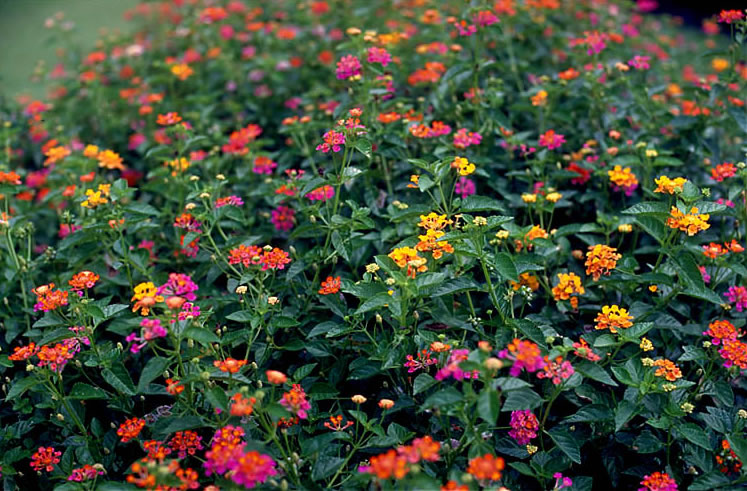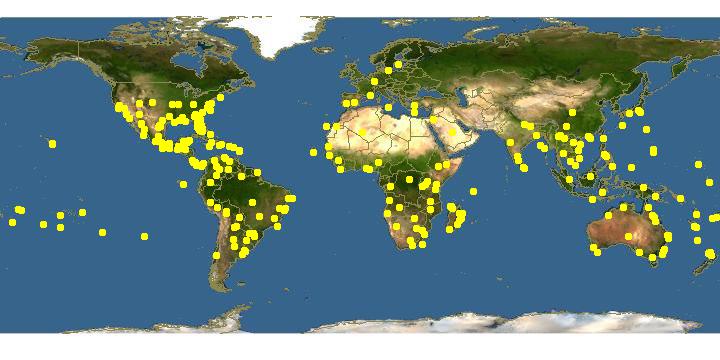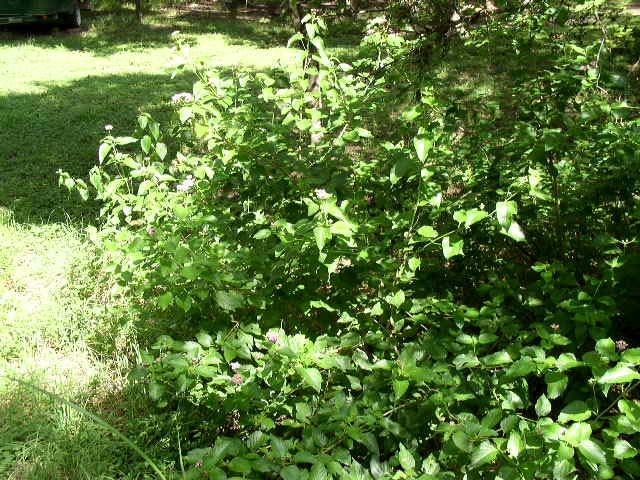Firstly, the basic facts. Lantana is an aromatic invasive weed, originating from South and Central America. Introduced to India in the early 19th century for ornamental hedging (look how pretty it is!), Lantana has since spread across India (as well as many more countries), despite numerous attempts to contain and reduce its range.
 |
| Lantana camara in all its prettiness |
 |
| The global distribution of Lantana camara. Quite the jet-setter. |
Sneaky...
 |
| Lantana camara in all its sneakiness. |
 |
| The effects of Lantana (black bars) in comparison to control areas (white bars) on the density and biomass of vegetation in northern India (Singh et al., 2014). |
However, all may not be as bleak as it seems.
Communities in southern India have found ways to incorporate the invasive plant into their livelihoods. People have been utilising Lantana for a range of activities including basket weaving, furniture construction and as fuel wood.
 |
| Various Lantana user groups and uses (1 Lantana stick collection by Madigas; 2 Lantana basket weaving by Irulas; 3 Lantana basket ready for sale; 4 Lantana sticks boiling by Soligas; 5 Lantana furniture making at MM hills; 6 Lantana sofa) Kannan et al (2013). |
 |
| Relative income sources for users and nonusers of Lantana (Kannan et al., 2013) |
From a human geography perspective (not a phrase I say often...) it's important to recognise that the use of Lantana was not instigated by external agencies (Kannan et al., 2013). This is a local solution. Communities have evolved their own processes and technologies to work with Lantana as a substitute for depleting bamboo species.
Over the course of this blog I've come across numerous management techniques, but this is the first locally developed management programme I have encountered. As the Lantana case shows, an invasive species 'problem' can lead to adaptive management. The locally developed solution is helping to tackle the invasive issue and also helping to alleviate poverty (Kannan et al., 2013) . Win win!
Over and out
The Invader Inspector
Shonil's blog 'Reflections on nature and culture', featuring some posts on invasive species as well as other environmental issues, can be read here